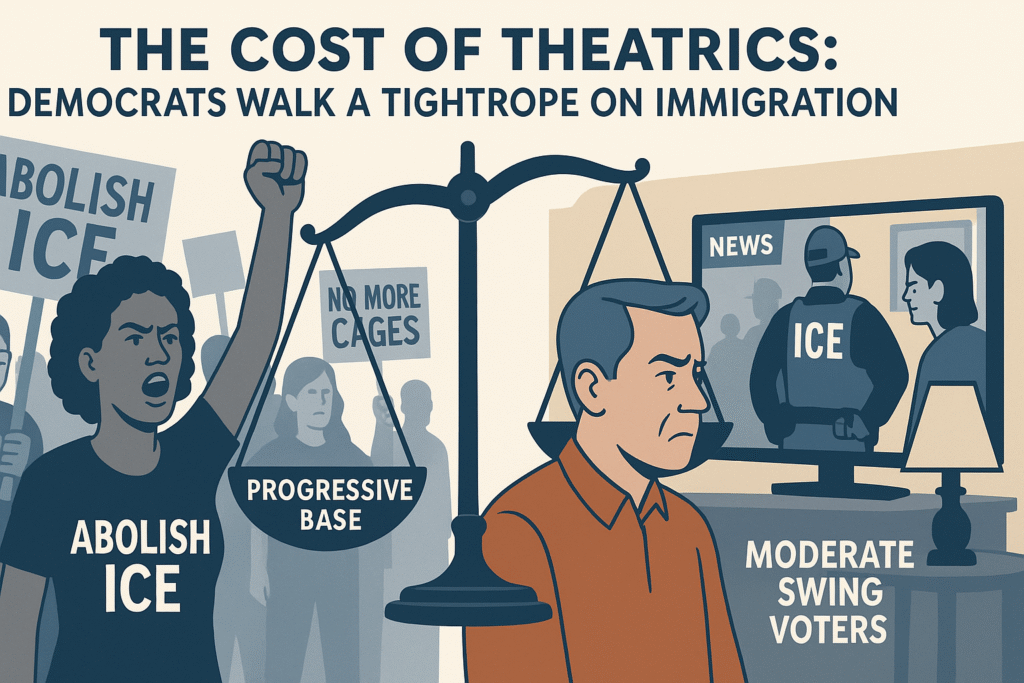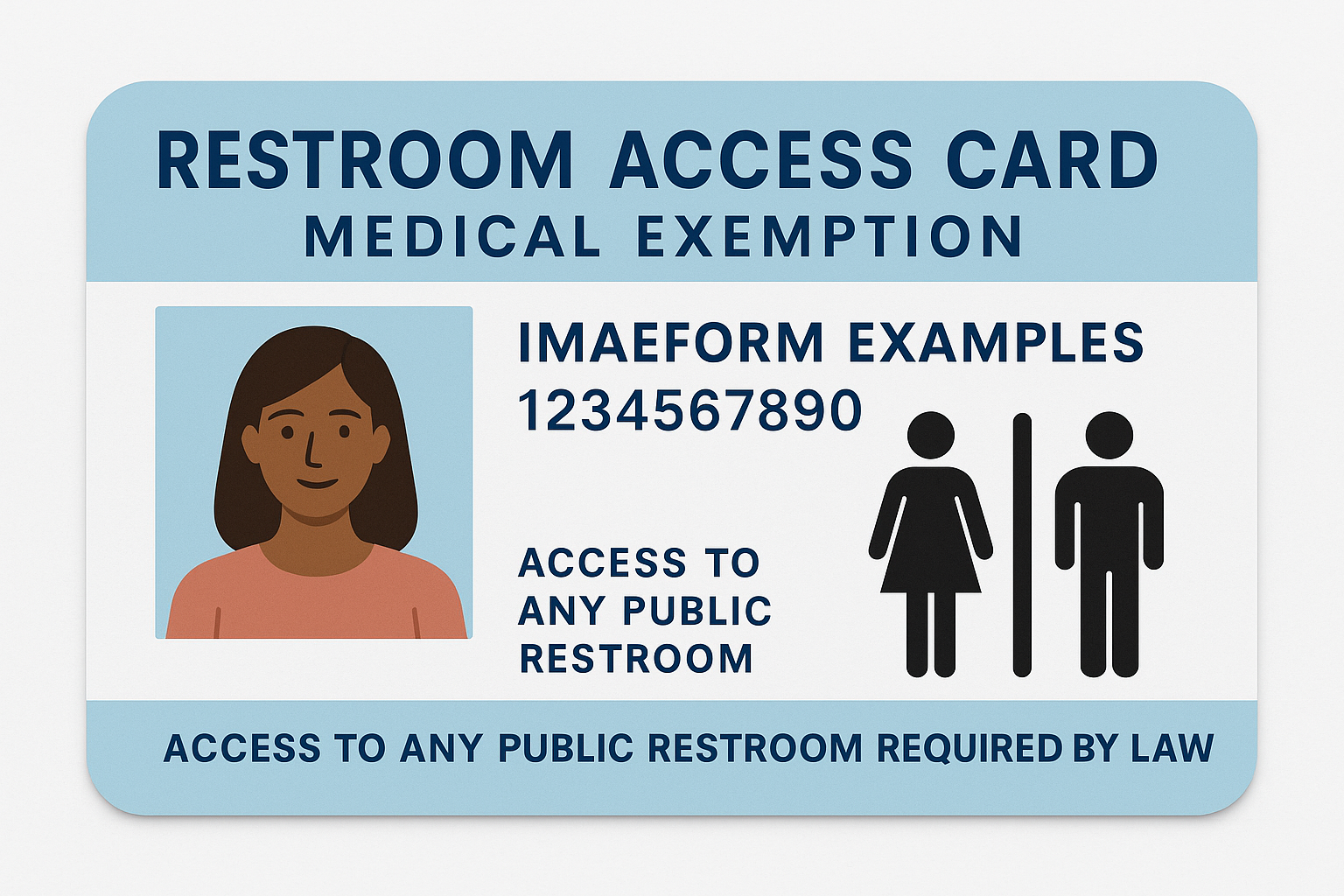Throughout the Biden administration, the approach to immigration enforcement resulted in what many now refer to as a de facto “open border policy.” Unlike prior administrations emphasizing deterrence through enforcement, detention, and deportation, the Biden administration instead prioritized alternatives to detention, parole programs, and expanded the asylum processing system. The result: a surge in illegal crossings, overwhelmed border patrol agents, and a fractured system that no longer acts as a meaningful deterrent to unauthorized immigration.
The administration’s decision to halt key Trump-era policies on day one—such as the Migrant Protection Protocols (Remain in Mexico), Title 42 expulsions, and the border wall construction sent a strong message to would-be migrants that the U.S. was relaxing its borders. While the administration claimed these moves were part of a more “humane” immigration policy, the practical outcome was the opposite: record-breaking apprehensions at the border, overburdened processing facilities, and the rapid release of millions of migrants into the U.S. interior with limited follow-up or court appearances.
The Biden administration’s immigration policies created not just a magnet for illegal immigration, but also a humanitarian crisis. Smugglers, cartels, and human traffickers seized the opportunity to exploit the perceived leniency. Migrants, including unaccompanied minors, were frequently put in dangerous situations, risking death, abuse, or trafficking. Border communities, meanwhile, bore the brunt of the influx, with local services stretched thin and public safety concerns on the rise.
Perhaps most telling is the federal government’s own data. According to Customs and Border Protection (CBP), illegal border encounters surpassed 2 million in both 2022 and 2023; a historic high. Many of these individuals were released into the country pending court hearings that may take years to process due to a massive immigration court backlog. In the meantime, few face removal, and many are granted work permits while they wait. This de-incentivizes legal immigration pathways and undermines the rule of law.

In essence, the current state of immigration enforcement is not a passive breakdown, it is an active policy decision. By selectively enforcing laws, scaling back deportations, and prioritizing administrative leniency, the Biden administration paved the way for what can only be described as systemic non-enforcement. The consequences of these choices are now reverberating throughout the country in the form of strained public resources, rising political tensions, and diminished confidence in the federal government’s ability—or willingness—to control the border.
Had the United States’ southern border been firmly secured from the outset of the Biden administration, we likely wouldn’t be witnessing the current surge in immigration enforcement activity. Border security acts as a deterrent—when migrants believe there’s a high chance of apprehension, detention, and removal, fewer attempt an illegal crossing. But by rolling back enforcement-focused policies like the Remain in Mexico program and halting wall construction, the administration created an environment encouraging mass migration. Now, faced with record-high encounters at the border and mounting pressure from overwhelmed cities and states, the federal government has been forced to ramp up enforcement—not as a planned strategy, but as a reactive measure. This spike in enforcement is a consequence of the failure to prioritize border security when it was most needed.
Yes, in large part, Democrats, particularly the Biden administration—bear full responsibility for the current level of immigration enforcement by ICE. That may seem contradictory given that Democratic leadership has generally positioned itself as more lenient and humanitarian on immigration. But that very leniency during the Biden presidency created the crisis necessitating today’s tougher enforcement.
As border encounters reached unprecedented levels and public backlash grew, the Trump administration is forced to reverse it. Now, ICE and CBP are under orders to increase deportations, expedite removals, and even conduct enforcement sweeps in cities where migrants have overwhelmed services. This dramatic shift isn’t driven by a change in values; it’s driven by political and logistical necessity.

Given that Democratic policies and decisions directly contributed to the surge in illegal immigration and the resulting pressure on immigration enforcement, it’s more than fair to question why many Democrats still cling to anti-ICE rhetoric. After all, ICE is now doing the heavy lifting to clean up a mess created by the same party that once called to “abolish ICE” or dramatically defund it. The Trump administration has ramped up deportations, fast-tracked removals, and increased detentions—all actions carried out by ICE; the very agency progressive Democrats have demonized for years. If Democrats are serious about restoring order, then it’s time they stop using ICE as a political punching bag and start recognizing it as the essential agency it is—especially in a crisis of their own making.
But now, there is a new Democratic strategy to attempt to sway the American people to denounce the reversal of the Biden-era immigration nightmare. We are talking about theatrics. High-profile arrests (like Brad Lander’s) and Gestapo comparisons may relay existing progressive supporters but risks turning off moderates and independents. The New York Post letters describe these stunts as “braindead” political theater and warn Democrats are “pandering to their base”. A Washington Post analysis noted even some Democrats warn that confrontational tactics could backfire, suggesting “such confrontations may hurt the party politically and question their efficacy”.
Recent polling in key House battlegrounds found that Democrats can potentially gain +10 points by framing the issue around Trump’s enforcement “overreach,” not by simply attacking ICE and demonizing the agency for fulfilling its role. This suggests voters respond better to focused critiques of policy excesses rather than sweeping anti-ICE theatrics.
Seeing the theatrics and the violent protests as counterproductive, some Democrats are pivoting to a tougher-on-border-security stance ahead of the 2026 cycle, promoting bipartisan solutions and distancing from hardline progressive rhetoric. If they continue with extreme theatrical tactics, they could face electoral drawbacks in swing districts. But by adopting a nuanced critique—emphasizing humane policy and targeted enforcement concerns—they stand a better chance of mitigating Republican attacks and appealing to moderate voters.
While Democrats’ dramatic displays—like public protests, staged arrests, and fiery anti-ICE rhetoric—might energize their progressive base, these theatrics risk alienating moderate and independent voters, especially in key swing districts. Polling shows that voters are more responsive to nuanced critiques of immigration enforcement—not sweeping condemnations of ICE or inflammatory stunts. If Democrats continue with high-profile theatrics, they may hand Republicans a powerful campaign message about chaos and poor governance. However, by shifting toward a more balanced tone that acknowledges border concerns while advocating for humane reform, Democrats could mitigate damage and possibly even gain electoral ground. The future success of their messaging will depend less on shouting and more on strategy.
About the Author

Mister San-Marcos is a resident of the great state of Texas and considers himself a strategic thinker on all topics. Politically, you’ll find him to be more right-leaning, but not too far. He has lived a wonderful life and a successful career and is now focusing his time on sharing his thoughts and recommendations to the world.



